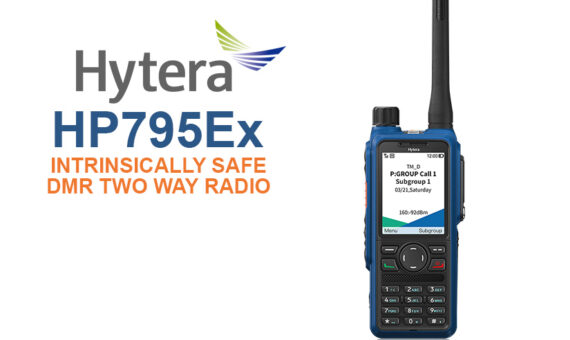If you are considering purchasing Walkie Talkies, it may be helpful to know the full Glossary, take a look at the list below to know what features are available on some of the devices.
Battery pack and Chargers:
Battery pack – All Walkie Talkies come with a battery pack; the battery pack is rechargeable and generally makes up the rear of the body of the device and can be detached. The battery pack usually charges whilst connected to the actual device, but it can also be charged separately too. If an extra Battery pack is available, it allows one pack to constantly be on charge at all times so that you can quickly swap when necessary, and never have to wait around for a battery pack to charge.
Chargers – The battery pack fits into an electrical device when charging. That device (the charger) is then plugged into a wall socket, and it will usually charge a flat battery to full life in around 1-3 hours. The charger normally consists of a power transformer and a charging cradle, which is used for placing the radio into.
Multi-slot chargers – are also available, and these are ideal for multiple charging at once; usually, around 6 walkie-talkies can be charged at the same time. These units are ideal for workplaces that use a number of different devices every single day, although multi-slot chargers have around 6 charging slots some chargers can allow for much more than that, and those devices are known as Bank chargers.
Features available:
PTT Button – This is a standard feature on all types of Walkie Talkies; the PTT is short for ‘Push to Talk’ and you’ll find this button located on the side of most Walkie Talkie models. It’s an easy system, whereas users have to push the button and hold it down to transmit and communicate and release the button when they finish talking and wish to listen to the other side. If any accessories are connected to the Walkie Talkie, such as earpieces and microphones, they usually have a separate PTT button so that users can still maintain swift and easy communications.
PMR446 – This code stands for basic, short-range radios, and is European standard. These devices can be purchased by anyone, and there are no licenses required. All standard PMR446 models have the same standard features, including eight channels and a max power output of 0.5 watts. In the UHF band, eight frequencies are used; it’s around 446MHZ, and no matter which brands, as long as they are the same models, they should be able to interact and communicate with each other.
Lone Worker – This feature is particularly handy for a person working on their own as it maintains safety aspects and protects workers. The system works by an alert signal requesting the worker to press a button to send out the ‘I’m Ok signal’ back to the control centre at certain pre-set time intervals. If an alert has no response periodically, an alarm message is submitted to the worker, and if they fail to respond to that alert, then help is usually sent. This is a great feature for protecting lone security workers, for instance.
Man Down – Also, another handy feature for lone workers is the man down alert. This feature works by a tilt-switch inside the device, whereas if a device is tilted on its side for a prolonged amount of time and not positioned upright again, even after numerous alarm attempts to remind the user to lift it, help is sent out immediately.
Roger Beep – This handy feature replaces the need to say “over” when users have finished transmitting. Instead, recipients get the beep indication to know that the other side has finished talking and are waiting for a response.






